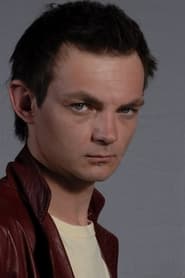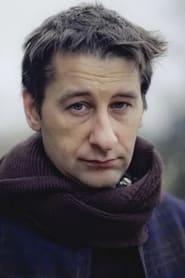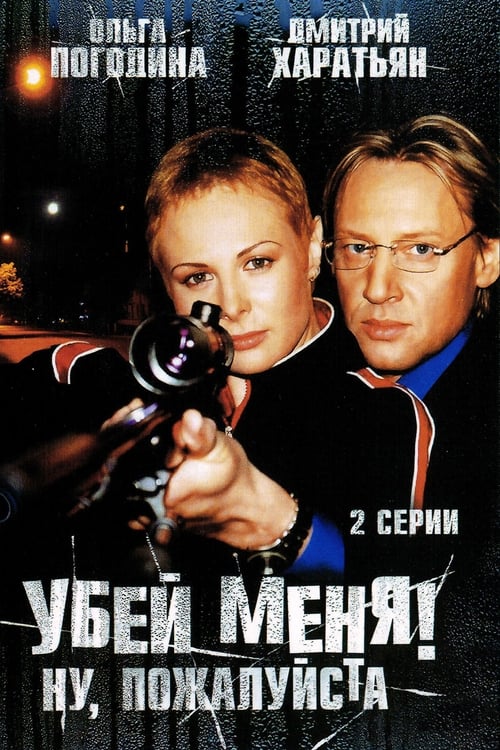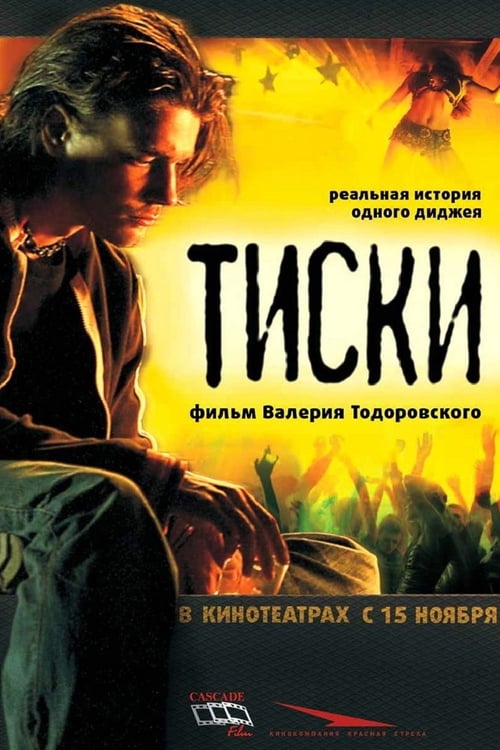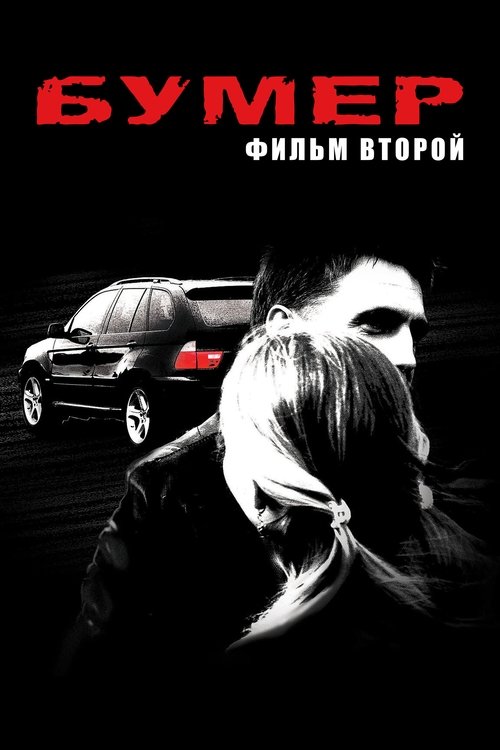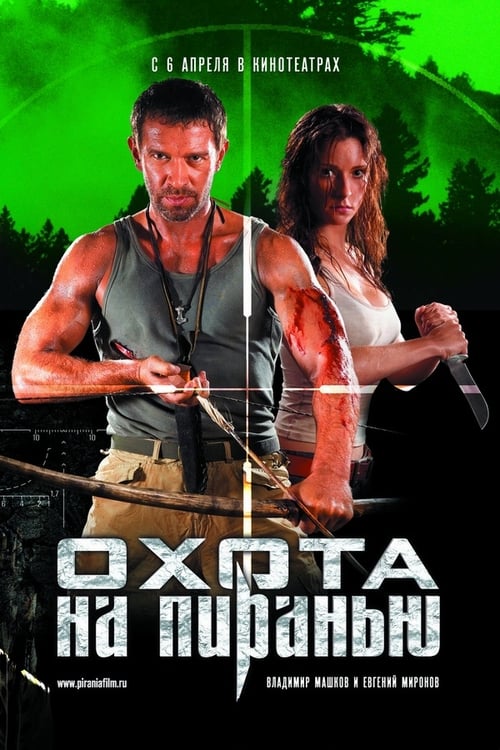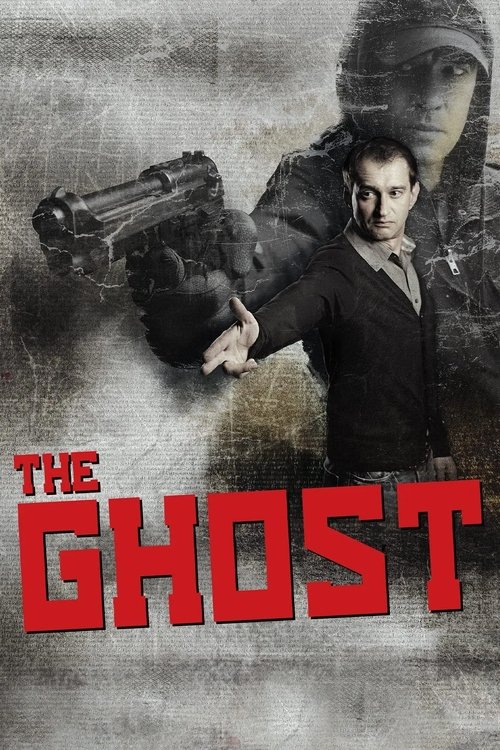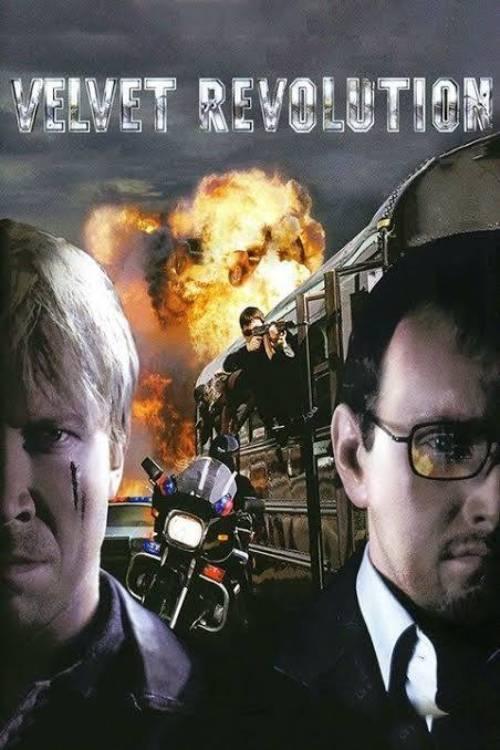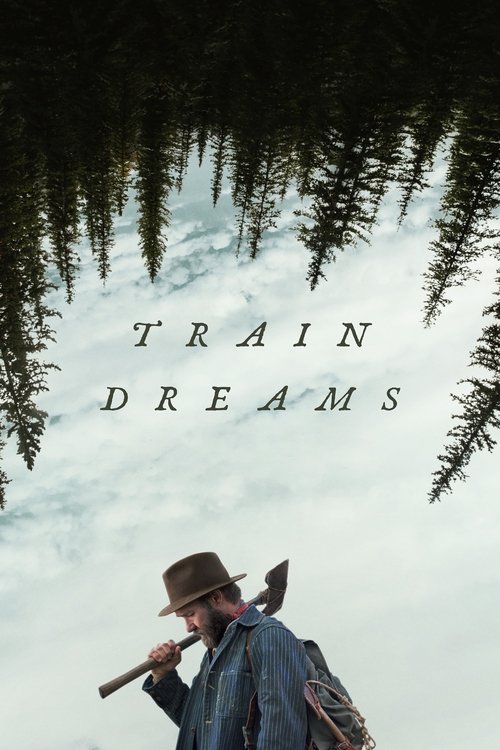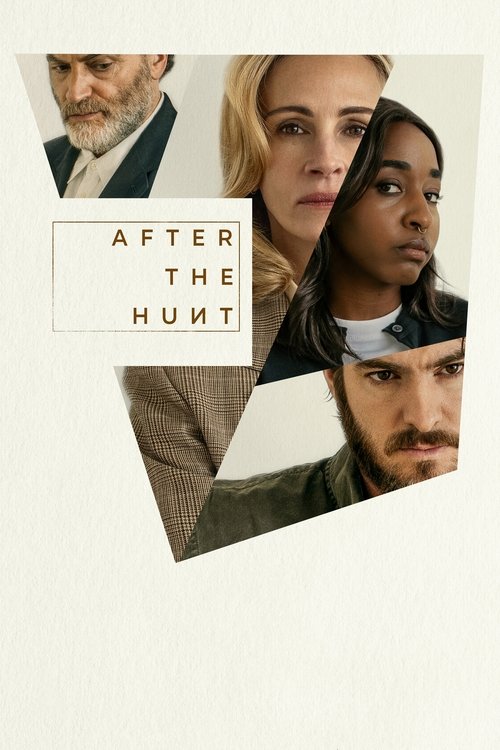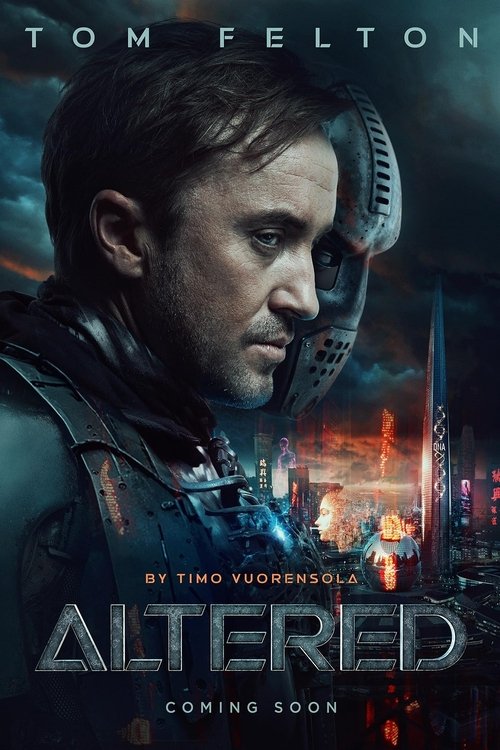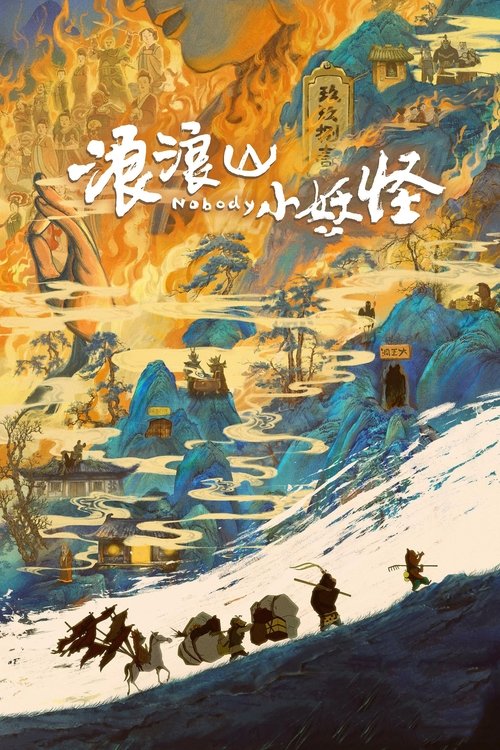
Ask Your Own Question
What is the plot?
The story opens in a dimly lit convenience store late at night where Claire Parker, a weary college student working the graveyard shift, is finishing her duties. The date is unspecified but the atmosphere is thick with the monotony of Claire's life, punctuated by her quiet conversations with her boyfriend Jimmy. As she waits for him to pick her up, a sinister figure named Duke Desmond approaches, offering her a ride home in Jimmy's truck. Claire, unsuspecting and tired, accepts. This moment marks the beginning of a nightmare that will relentlessly trap her in a horrifying cycle.
As the truck rumbles through the night, Duke's demeanor shifts from casual to menacing. Without warning, he attacks Claire with brutal savagery, dragging her down into the basement of her own house. The camera lingers on Claire's terrified face as Duke's violence escalates, the scene punctuated by the chilling silence broken only by her desperate gasps and his cold, cruel grunts. Duke's hands are merciless; he cuts off Claire's face in a grotesque display of brutality, a moment so shocking it etches itself into the viewer's mind.
Then, abruptly, Claire wakes up. It is morning, and she is back at the convenience store, alive and seemingly safe. She shakes off the nightmare, but as the day progresses, the same events unfold again: the same ride, the same attack, the same gruesome death. Claire is caught in a relentless loop, forced to relive the terror of her murder repeatedly. Each iteration is indistinguishable from the last, the horror compounded by her growing desperation to escape the cycle.
Throughout these repeated days, Claire tries to warn those around her. She confides in her boyfriend Jimmy, but his responses are dismissive and distracted, often focusing on trivial matters like his infidelity with Claire's best friend. This emotional detachment adds to Claire's isolation. Her friends and family, including her mother and a college professor, appear unsupportive or indifferent, their dialogue robotic and unhelpful, deepening the sense of claustrophobia and despair.
Claire's attempts to break the cycle lead her to confront Detective Miller, a police officer who seems to hold fragments of knowledge about Duke Desmond. The detective's demeanor is weary but sympathetic, and he warns Claire about the dangers of pursuing Duke. Despite the warnings, Claire ventures into Duke's world, exploring the salvage yard where he lives--a place described by Jimmy as "the type of place that makes me want to take a crap!" The salvage yard is a grim, cluttered wasteland, filled with rusting machinery and shadows that seem to move on their own. Claire's flashlight flickers as she searches, the darkness enveloping her, mirroring her growing fear.
The tension escalates as Claire's encounters with Duke become more frequent and violent. Each confrontation reveals more about Duke's depravity and the extent of his madness. He is not just a killer but a sadistic force who takes pleasure in Claire's suffering. His presence is a dark stain on the world, and his violence is both physical and psychological. The film's visual style emphasizes this with stark contrasts of light and shadow, close-ups of Claire's anguished expressions, and the visceral horror of Duke's attacks.
In a pivotal scene, Claire manages to momentarily escape Duke's grasp, only to find herself back at the beginning of the loop, her hope shattered. This cyclical torment builds momentum toward the climax, where Claire confronts the terrifying reality that her death is inevitable, and the only way to survive may be to understand the nature of the nightmare itself.
The climax unfolds in a harrowing sequence where Claire faces Duke one final time. The struggle is brutal and desperate, with Claire fighting not just for her life but for her sanity. Duke's violence reaches its peak as he attempts to kill her again, but Claire's determination shines through. She utters a defiant, trembling "Not this time," as she fights back with everything she has. The fight is raw and chaotic, the camera shaking to convey the intensity and fear.
However, the film delivers a bleak resolution. Despite Claire's efforts, the cycle cannot be broken. The final scene shows Claire waking up once more at the convenience store, her face marked by exhaustion and terror. The loop continues, an unending nightmare from which there is no escape. The screen fades to black, leaving the audience with a chilling sense of hopelessness.
Every death in the film is caused by Duke Desmond, whose sadistic attacks are the catalyst for the horror. Claire Parker is the sole victim shown, her repeated murders forming the core of the narrative. The major plot revelation--that Claire is trapped in a time loop reliving her own murder--unfolds gradually, with the film's tension mounting as she becomes increasingly aware of her fate.
The story's emotional core lies in Claire's isolation and desperation. Her relationships crumble under the weight of disbelief and indifference, and her fight against Duke is as much against the cyclical nature of her torment as it is against the man himself. The film's ending, with its unresolved loop, leaves a haunting impression, emphasizing the inescapable nature of the horror Claire endures.
This narrative, told through the eyes of Claire Parker, a young woman caught in a relentless nightmare, is a grim exploration of fear, violence, and the human will to survive against impossible odds. The film's sparse use of dates and specific locations focuses attention on the psychological horror and the cyclical trap, creating a story that is as much about internal terror as external threat.
What is the ending?
In the ending of the movie "Junk," the main characters face the consequences of their actions as they confront the reality of their situation. The film culminates in a tense showdown, leading to a tragic resolution for some characters while others find a way to escape their dire circumstances.
As the climax unfolds, the characters are forced to confront their fears and the choices they have made throughout the film. The final scenes are marked by a sense of desperation and urgency, ultimately leading to a resolution that leaves a lasting impact on the survivors.
As the film approaches its conclusion, the atmosphere is thick with tension. The characters, who have been navigating a world filled with danger and moral ambiguity, find themselves at a critical juncture. The setting is dark and foreboding, reflecting the internal struggles of the characters as they grapple with their past decisions.
In the first scene of the ending, we see the protagonist, a young man named K, standing at a crossroads. He is visibly shaken, his face a mask of conflict as he weighs his options. The weight of his choices hangs heavily on him, and the audience can feel his internal turmoil. He knows that the path he chooses will not only affect him but also those around him.
As K makes his way through the dimly lit corridors of the abandoned building, he encounters his friend, who has been a source of both support and conflict throughout their journey. Their conversation is fraught with tension, as they discuss the implications of their actions. K's friend is desperate to escape, but K feels a sense of responsibility to confront the situation head-on. This moment highlights K's growth; he is no longer the naive individual he once was but a man shaped by his experiences.
The next scene shifts to a confrontation with the antagonists, who represent the darker side of the world they inhabit. The atmosphere is charged with fear and uncertainty as K and his friend prepare for a showdown. The stakes are high, and the audience can sense the impending danger. The cinematography captures the intensity of the moment, with close-ups of the characters' faces revealing their fear and determination.
As the confrontation escalates, chaos ensues. The sound of gunfire echoes through the halls, and the characters are forced to make split-second decisions. K's friend is injured in the fray, and K's desperation to save him becomes palpable. The emotional weight of the scene is heavy, as K grapples with the reality that he may not be able to save everyone he cares about.
In the climax, K faces the main antagonist, a figure who embodies the moral decay of their world. The confrontation is intense, filled with raw emotion as K fights not just for his life but for the lives of those he loves. The struggle is both physical and symbolic, representing K's fight against the darkness that has consumed their lives.
As the dust settles, the aftermath of the confrontation reveals the fates of the main characters. K, battered but alive, stands over the fallen antagonist, a mix of relief and sorrow washing over him. He realizes that while he has survived, the cost has been high. His friend, gravely injured, is taken away by paramedics, leaving K to grapple with the uncertainty of their future.
In the final moments of the film, K walks away from the chaos, a solitary figure against the backdrop of a world that feels both familiar and alien. The emotional weight of his journey is evident in his expression; he has been irrevocably changed by the events that have transpired. The film closes on a note of ambiguity, leaving the audience to ponder the consequences of the characters' choices and the fragile nature of hope in a world filled with despair.
In summary, the ending of "Junk" encapsulates the struggles of its characters as they confront their past and the harsh realities of their existence. K emerges as a survivor, but the emotional scars of his journey linger, highlighting the film's exploration of resilience and the human spirit in the face of adversity.
Is there a post-credit scene?
The movie "Junk," produced in 2006, does not feature a post-credit scene. The film concludes its narrative without any additional scenes or content after the credits roll. The story wraps up with the resolution of the main plot, leaving no further developments or cliffhangers for the audience to ponder after the film ends.
What motivates the main character, a young man named K, to get involved in the world of junk dealing?
K is driven by a desperate need to escape his mundane life and the oppressive environment of his home. He seeks excitement and a sense of belonging, which he finds in the underground world of junk dealing. His motivations are further complicated by his relationships with other characters, particularly his desire to impress a girl named Kiki, who is also involved in this lifestyle.
How does K's relationship with Kiki evolve throughout the film?
Initially, K is infatuated with Kiki, viewing her as a symbol of the thrill and danger of the junk world. As they become more involved, Kiki's tough exterior begins to crack, revealing her vulnerabilities. Their relationship is marked by moments of passion and conflict, as K struggles with the moral implications of their lifestyle while Kiki becomes increasingly entangled in the darker aspects of junk dealing.
What role does the character of the dealer play in K's journey?
The dealer serves as both a mentor and a cautionary figure for K. He introduces K to the intricacies of the junk trade, providing him with the tools and knowledge to navigate this dangerous world. However, as K becomes more deeply involved, he begins to see the dealer's manipulative nature and the consequences of a life steeped in crime, forcing K to confront his own choices and the path he is on.
How does the film depict the consequences of the junk lifestyle on its characters?
The film portrays the junk lifestyle as a double-edged sword, offering thrills and camaraderie but also leading to addiction, betrayal, and violence. Characters experience emotional and physical tolls, with some facing dire consequences for their choices. K's journey highlights the struggle between the allure of this lifestyle and the harsh realities that come with it, ultimately leading to a critical turning point in his life.
What pivotal event causes K to reconsider his involvement in the junk world?
A violent confrontation during a junk deal serves as a wake-up call for K. Witnessing the brutality and the potential for loss, he is forced to confront the reality of his situation. This event shakes him to his core, prompting him to reevaluate his priorities and the impact of his choices on his life and the lives of those around him, particularly Kiki.
Is this family friendly?
"Junk," produced in 2006, is not considered family-friendly due to its mature themes and content. Here are some potentially objectionable or upsetting aspects that may affect children or sensitive viewers:
-
Violence and Gore: The film contains graphic scenes of violence, including bloodshed and body horror, which may be disturbing to younger audiences.
-
Drug Use: There are depictions of drug use and addiction, which could be unsettling for viewers, particularly children.
-
Sexual Content: The film includes sexual themes and situations that may not be appropriate for younger viewers.
-
Psychological Horror: The film explores dark psychological themes, including fear and despair, which may be intense for sensitive individuals.
-
Death and Trauma: Characters experience significant trauma and loss, which could be emotionally distressing.
These elements contribute to the film's overall tone and may not be suitable for a younger audience or those who are sensitive to such content.


















